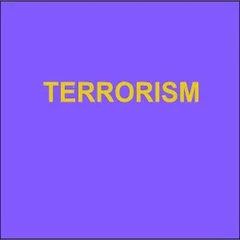By Alana Ford
An examination of the threat of disinformation and cognitive warfare in the Indo-Pacific, the brief unpacks how these tactics are reshaping national security and undermining democratic institutions. Drawing on global examples, it highlights the implications for regional stability and democratic resilience.
The briefing paper outlines Australia’s multipronged approach, including legislative reforms, international partnerships, and public education efforts, offering practical insights to counter these evolving security threats and safeguard democratic values across the Indo-Pacific.
Key messages
Disinformation and cognitive warfare are evolving security threats that undermine democratic institutions, polarise societies, and manipulate public trust at a global scale.
The digital revolution has amplified the speed, precision, and scale of disinformation campaigns.
Russia’s invasion of Ukraine demonstrates how cognitive warfare is deployed to legitimize unlawful acts of aggression and manipulate international narratives.
Democracies in the Indo-Pacific, including Australia, face heightened risks of disinformation and cognitive warfare due to their open information environments and the region’s complex geopolitical dynamics.
Effective countermeasures require coordinated domestic and international efforts, leveraging regulation and multilateral partnerships like AUKUS and the Quad.
Australia: Perth USAsia Centre, 2025.









